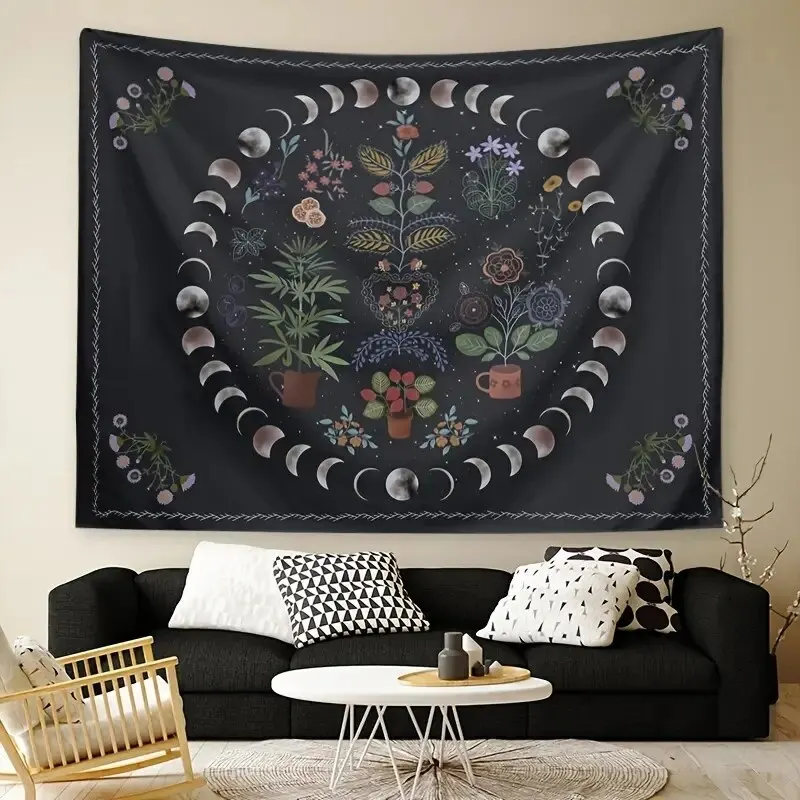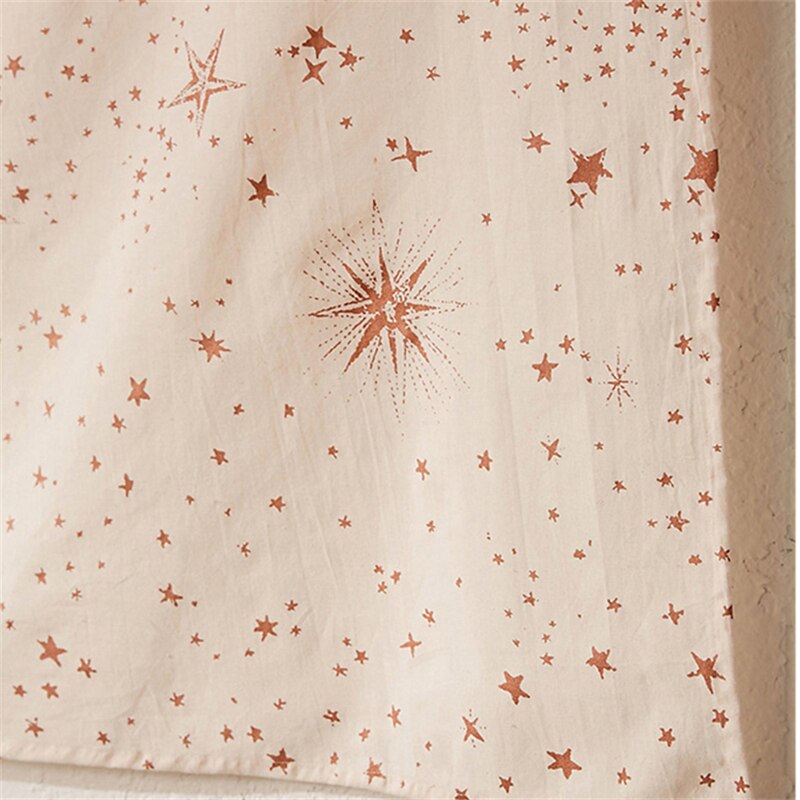Tapestry
Exploring Its Artistic and Cultural Dimensions
Tapestry, an art form that intertwines aesthetics with functionality, has captivated civilizations across millennia. From ancient wall hangings to contemporary installations, tapestries serve as both decorative masterpieces and historical records. This article delves into the evolution, techniques, and cultural impact of tapestry, highlighting its enduring appeal and relevance.
The Evolution of Tapestry
Ancient Beginnings:
Egypt and Peru: The earliest examples of tapestry come from ancient Egypt and Peru, where textiles were used in burial rites and as status symbols. These early tapestries often featured simple geometric designs and figures, reflecting the artistic sensibilities of their cultures.
Gothic Splendor: In the Middle Ages, tapestry weaving flourished in Europe, especially in France and Flanders. These tapestries often depicted biblical scenes, historical events, and chivalric tales, serving as portable murals for castles and cathedrals. The Bayeux Tapestry, an 11th-century masterpiece, is a notable example, illustrating the Norman conquest of England.
Renaissance and Baroque Periods:
Artistic Revival: The Renaissance brought a renewed interest in classical themes and humanism. Workshops in Brussels and Paris produced tapestries featuring intricate designs and rich colors. The Baroque period saw an increase in the use of tapestries for both aesthetic and practical purposes, including insulating draughty rooms.
Modern and Contemporary:
Artistic Innovation: In the 20th century, artists like Pablo Picasso and Joan Miró experimented with tapestry, blending traditional techniques with modern art movements. Contemporary tapestries often explore abstract themes, political messages, and new materials, reflecting the diversity and dynamism of modern art.
Techniques and Materials
Tapestry weaving is a labor-intensive process that requires skill and precision. The primary technique involves weft-faced weaving, where the weft threads cover the warp threads to create the design.
Looms:
Horizontal and Vertical: Depending on the region and tradition, weavers use either horizontal or vertical looms. Horizontal looms are common in Europe, while vertical looms are prevalent in the Middle East and Asia.
Materials:
Fibers and Dyes: Traditional tapestries use natural fibers like wool, silk, and linen, dyed with natural substances. Modern tapestries may incorporate synthetic fibers and dyes, allowing for a broader color palette and varied textures.
Weaving Techniques:
Cartooning: The design is first drawn on a full-scale cartoon, which guides the weaver. The weaver then interlaces weft threads over and under warp threads, following the cartoon to produce the intricate patterns and images.
Cultural Impact
Tapestries have served various cultural and practical functions throughout history, from showcasing wealth to narrating stories.
Historical Narratives:
Storytelling: Many tapestries, like the Bayeux Tapestry, tell detailed stories of historical events, providing valuable insights into the past. These tapestries are not only artistic achievements but also historical documents.
Symbolism and Status:
Symbols of Power: Tapestries were often commissioned by royalty and the wealthy to display their power and prestige. The intricate designs and expensive materials signified high status and taste.
Contemporary Uses: Today, tapestries are used in various settings, from public art installations to private collections. They continue to be a medium for artistic expression, blending tradition with innovation.
Conclusion
Tapestry is more than just a decorative art form; it is a medium that weaves together history, culture, and craftsmanship. From ancient civilizations to modern art galleries, tapestries have told stories, showcased artistry, and added beauty to spaces. As this timeless art form continues to evolve, it remains a testament to human creativity and the enduring appeal of woven art. Whether admired for their historical significance or their aesthetic beauty, tapestries continue to captivate and inspire.



